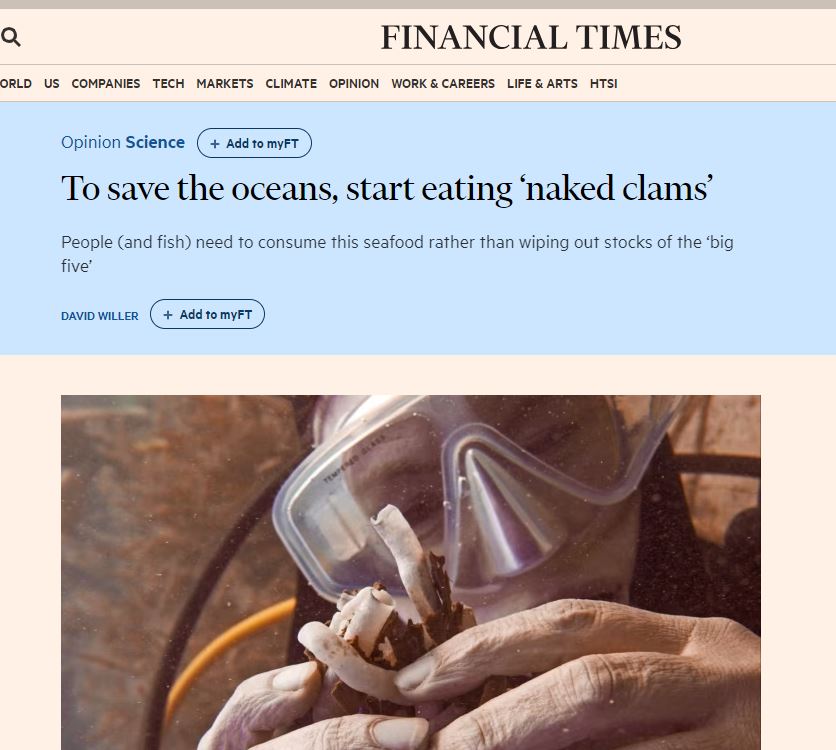 Til að framleiða 1,5 milljón tonn af eldislaxi í Noregi þarf tvær milljónir tonna af öðrum fiski sem notaður er í fóðrið.
Til að framleiða 1,5 milljón tonn af eldislaxi í Noregi þarf tvær milljónir tonna af öðrum fiski sem notaður er í fóðrið.
Í nýrri rannsókn sem var að birtist kemur í ljós að stór hluti mikilvægra næringarefna tapast við þessa millilendingu í holdi eldislaxins. Það er sem sagt margfalt hollara fyrir fólk að borða beint ýmsar fisktegundir sem nú eru nýttar í fóður fyrir eldið.
Höfundar rannsóknarinnar, sem koma frá háskólunum í Cambridge, Aberdeen, Stirling og Lancaster, benda á að með því að borða þessar tegundir fæst mun betri nýting sjávarafurða, miklu meiri hollusta og hægt er að stöðva rányrkju á ýmsum tegundum sem nú eru nýttar í fóður fyrir eldislax.
Greinin birtist í Financial Times og er eftir einn af höfundum rannsóknarinnar.
… It sounds good, but in practice aquaculture isn’t meeting its potential. Too often, fish isn’t feeding people — it’s being fed to other fish. Today over 11 per cent of the total wild fish catch — 12.6mn tonnes — is fed to farmed fish instead of to humans. This wastes effort and energy, but crucially it also means a loss of nutritional benefit along the way.
Our research reveals that in salmon farming, for example, six of the nine most important nutrients were lower in farmed salmon fillets than in those fish, including mackerel, sardines, anchovies and herring, used to feed them. Wild fish used in feeds contained more than five times as much calcium, four times as much iodine and one and a half times more iron, omega-3 and vitamin B12.
To gain the maximum nutritional benefits from fish without destroying our oceans, we need to reduce how much of the big five we eat and consume more of the less loved fish we use to feed them. In a paper published in Nature Food, a combined effort from the universities of Cambridge, Stirling, Aberdeen and Lancaster, we highlight how, for example, reallocating just one-third of the highly nutritious mackerel currently used for fish-food to humans would increase the UK’s consumption of this fish by two-thirds — with no need to take any more of it from the oceans. We could keep salmon production at current levels by recycling fish trimmings as fish food. And there are further opportunities to increase sustainability by replacing some or all fish oil in feeds with oils from marine microalgae — the oceans’ original source of omega-3.
To create change on the scale required to solve the global fish conundrum of “eat more but catch less”, however, even more innovative approaches will be needed. One such innovation is the ‘naked clam’ — the name my fellow researcher and I have given to shipworms, the world’s fastest-growing bivalve with a taste like oysters.
Naked clams have already changed the course of history, stranding Christopher Columbus and his crew in the Caribbean due to their unique ability to convert wood (and unfortunately Columbus’s ship) into nutrient-packed protein. We have developed the world’s first naked clam aquaculture system, in which these hungry marine pests consume waste wood chips from the forestry industry, producing tasty meat for use in mass-market processed fish products such as nuggets and fishcakes. As well as digesting wood, the symbiotic microbes in the naked clam gut synthesise micronutrients including B12.
We need to reimagine our concept of what eating fish means. It is not about just eating the familiar “big five” that make up the bulk of European and North American seafood consumption. Diversity is key, and we need to imagine a basket brimming with different fish species. A basket that includes the fish that the fish would have eaten — and perhaps a battered naked clam too.
